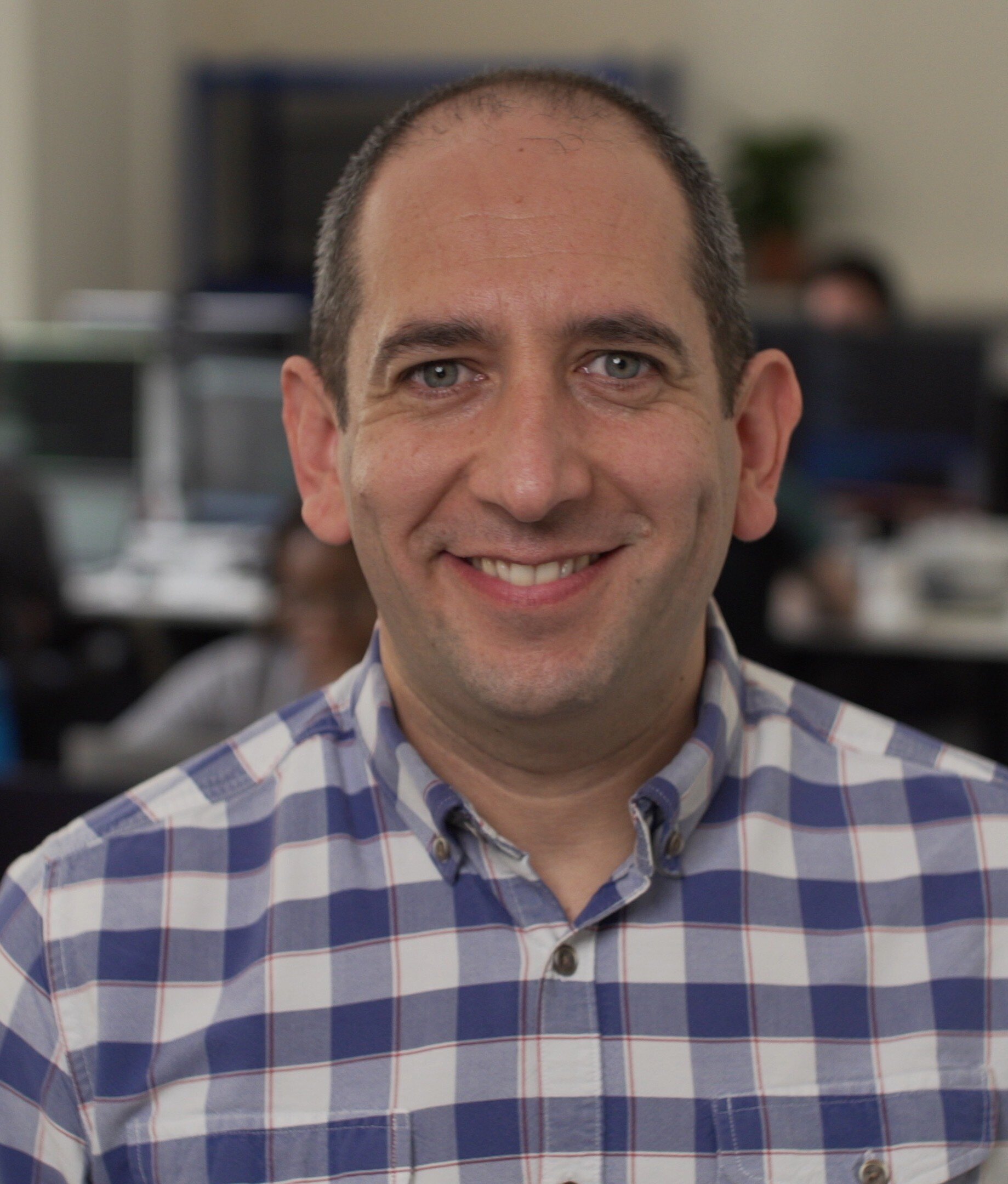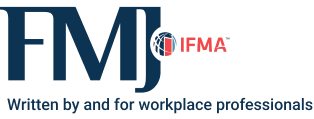A New Era of Workplace Surveillance
Balancing security with privacy

As workplace surveillance capabilities evolve in complexity, so too does the question of employee privacy. Workers at construction sites, manufacturing warehouses and beyond are increasingly conscious of being monitored — and uncertain about how their personal data is handled. A recent study conducted by the Center for Urban Economic Development (CUED) found that nearly 50 percent of warehouse workers surveyed reported feeling constantly monitored at work. Many of those surveyed reported that they did not know what was done with their personal data after it was captured.
At the same time, surveillance, especially in high-risk environments, plays a critical role in maintaining safety. Balancing this necessity with the growing demand for privacy is becoming increasingly important. Facility managers are now tasked with a dual responsibility: protecting spaces while also respecting privacy. This shift is driven not only by worker concerns but also by the rise of union advocacy for stronger privacy safeguards.
As the use of video data for security and operational insights continues to grow, facility managers are entering into the next era of workplace management: one that requires balancing business and employee needs. And this new era is being propelled by technologies that allow businesses to meet both safety requirements and data protection standards, enabling them to uphold transparency without compromising employee privacy.
Weighing the risks & benefits of workplace surveillance
It is no surprise that workers are increasingly pushing for privacy protections, especially given new insights that illuminate the potential negative effects that surveillance is having within facilities. For example, the same CUED study found that 40 percent of respondents indicated that surveillance led to pressure to increase their work speed, even at the risk of injury.
That is just one of the newly perceived negative outcomes of current surveillance systems; a recent report highlighted that digital surveillance could discourage unionization, foster a sense of distrust between employees and employers, and harm workplace morale. Privacy concerns were frequently mentioned in the report as well, with particular emphasis on the risk of discrimination or bias in surveillance practices. Furthermore, employees are unaware of what happens to data after it is captured, as many respondents indicated.
Public momentum is mounting for change – and gaining steam. A 2023 feature in the Stanford Social Innovation Review supports the notion that workplace surveillance is a growing concern for unionization efforts. The piece argues that a new, always-monitored workplace is affecting workers in various ways like deepening the datafication of employment, extracting more from workers while providing less in return, and undermining collective organizing rights, emphasizing that surveillance makes it easier for employers to monitor employees, increases opportunities for economic exploitation and commodifies workers’ data.
However, workplace surveillance is not without its benefits. Companies deploy cameras for various reasons, including ensuring workplace safety, improving efficiency and aiding loss prevention. Security footage can provide crucial insights when reviewing incidents or disputes, offering a clear record of events and fostering accountability.
A major source of concern often stems from a lack of clarity regarding what data is being captured and who has access to it - in many cases the challenge is one of education and trust around how data is used. Trust is built over time and can be eroded quickly; employees need commitment from the organization to be very open about what data they are capturing and how it is being used. Strong security and privacy solutions can help build trust and mitigate many concerns by facilitating live anonymized views of environments to check for safety and to refine operations, with post-incident access to raw footage for review. Being very clear on what is being collected and allowing employees to request video (with others redacted) gives a strong layer of accountability for both employees and the company.
In regions like the EU, GDPR regulations ensure employees have the right to request their data and obtain details about its management and access. In the U.S., regulations vary by state, making transparency and clear policies even more critical.
As a result, facility managers now need to account for these two factors: respecting a degree of privacy and being transparent about what they are doing with the captured data.
Balancing privacy & protection
All of this is to say that change is coming, and FMs can adopt new methods of surveillance that both protect both organizational interests and employee privacy. But how?
One primary solution is to introduce privacy software to sit alongside surveillance solutions that gives organizations the power to anonymize personally identifiable information (PII) in their video streams. Whether it is live or recorded video and audio, a privacy “layer” might use AI and machine learning to digitally detect and redact the video data that needs protecting – such as employees’ faces and bodies – among other information like addresses and license plates.
By giving FMs a privacy layer that defaults to complete protection (in other words, anonymizes all the video it handles), the organization is better positioned to comply with whatever data protection and handling regulations come its way, whether mandated by unions, governmental regulations, or otherwise. The systems still provide safety and surveillance needed to protect their facilities and employees.
Plus, this new type of surveillance system would help FMs to be more transparent in their data collection, which is critical to mitigate against the negative effects of workplace surveillance. For example, warehouse workers could request access to video footage featuring them or review anonymized feeds used for monitoring the environment without infringing on individuals. Anonymized video can also serve multiple purposes, such as internal investigations, insurance claims, right-of-access requests, and even employee training—balancing security needs with privacy considerations.
By embracing privacy-conscious technologies, businesses can not only ensure compliance with emerging standards but also foster a more positive workplace environment where employee privacy and security co-exist.

Simon Randall is the CEO and co-founder of Pimloc, an AI company changing how global organizations can responsibly manage video content while maintaining public trust. Before Pimloc, he led the OMG Life team to develop and launch the world’s first intelligent wearable camera and its associated technology platform licensing, before spinning out the visual classification side of the business to create Pimloc in 2017. He previously worked for a range of global businesses in London, Sydney and Istanbul, bringing with him a wealth of consumer tech experience including 12 successful years at Nokia across go-to-market, marketing, business strategy, insight and planning, global online sales, global performance marketing and product development areas. Prior to Nokia, Randall worked in a range of creative hot-houses and strategic consultancies across the beverages, banking and tech sectors.
Read more on Risk Management , Occupancy & Human Factors and Technology or related topics Occupant Security and Physical Security
Explore All FMJ Topics









